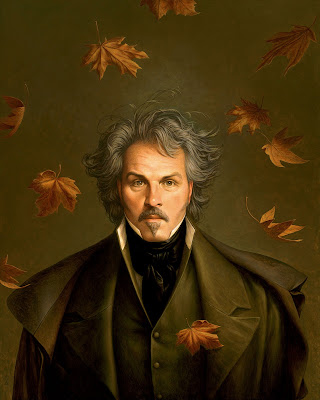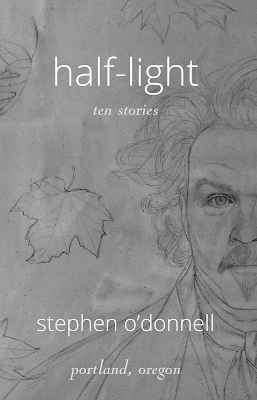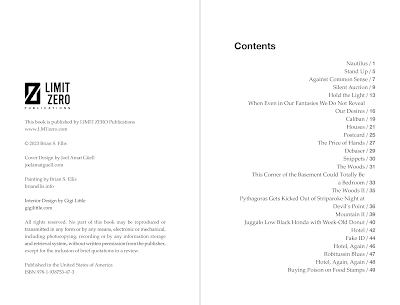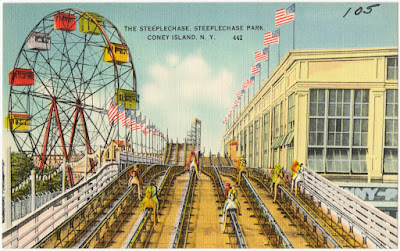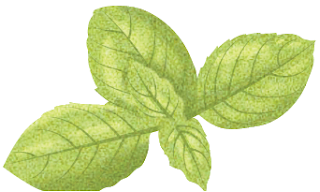Recently, I designed a book cover for the forthcoming novel Forever Blackbirds, written by my good friend Dian Greenwood.
Not only have I known Dian for years, I was in a writing group with her for years (well, two writing groups, actually), and I got to know Forever Blackbirds through the many different pieces she would present in group as she wrote and wrote and edited and edited. Now it's coming together as a finished book—actually one of two. Forever Blackbirds is the first in a duology surrounding the life of Marta Gottlieb: born in a small village near Odessa, Russia; escaped, with her family, the political turmoil of the early twentieth century to immigrate to America through Ellis Island; settled in the small town of Elgin, North Dakota, with little more than her family legacy (a precious Russian Easter egg) and her spirit.
I've loved getting to know the many iterations of this wonderful book, and Dian and I worked closely on the cover (and interior) together, which was a lovely experience.
The book takes place in two timelines: the early days of the family's immigration, and Marta's life in the 1940s. In thinking on cover ideas, I wondered whether we'd want to put the 1940s on the page or the early teens or both. Dian had ideas for imagery: North Dakota farmland, vast wheat fields, a church (Marta's connection to her religion figures strongly in the story), Ellis Island, the Fabergé egg. Dian took some pictures for me of a church she liked, and I gathered more images we could use for fodder.
Here's one of the church photos. Isn't it pretty!
Since the larger portion of the story takes place in Marta's 1940s present in North Dakota, I figured we should focus on that timeline first. I looked through images and gathered some great ones of midwest farmland, which I shared with Dian. The one she liked most was this beautiful field with a moody sky, courtesy of Albrecht Fietz on Pixabay.
I love that little break in the clouds.
This became our base for a number of different cover iterations, some also incorporating the early teens timeline and some not.
I started work with the combo idea. I found this great image of barges bringing immigrants to Ellis Island on Wikimedia Commons.
I isolated the barge on the right, and then I worked way too long trying to smush the two images together, the barge and the field. Well, to elegantly blend the two, but it was hard to get them to work together well. The barge kept looking like it was weirdly sailing through the wheat field. I wanted to keep the color of the landscape and bring the barge in in sepia to evoke age, but the break between the two color schemes made it look, to me, like something just out of frame was on fire and sending muddy smoke into the sky.
But I was happy with the font choice and Dian was too. I wanted something that suggested vintage but not in an over-the-top or cheesy way. Then I created the F for Forever in Illustrator. We were happy, too, with the flying red-winged blackbird that I added to the scene. We wanted to have a literal blackbird element for the cover, not only to reference the blackbirds in the title, but a bird would lend a poignancy to the imagery, symbolizing journey, freedom, perhaps longing. In this combination, it just looked like the bird was fleeing the phantom fire.
I liked the idea of including the Russian egg, which is an important object both literally and metaphorically, in the duology. I found a bunch of images of Fabergé eggs on a stock photo site. Unfortunately any images of real, historic Fabergé eggs were not available for commercial use, and any that were available were either fakes or modern.
Now, I do happen to be married to a fine artist who has designed and incorporated his own Fabergé eggs into his paintings. I asked him if he'd be willing to let me borrow one, and he was happy to do so. It was fun to work with his art and try to incorporate it into my design.
And I tried getting that barge in there again.
But at the same time I was experimenting with a simpler approach. There was something more evocative to me about letting the eye fall on that vast wheat field and that big, moody sky with our one blackbird flying by. Dian liked this direction too. She liked the idea of centering the blackbird in the hole in the clouds. I gave her a handful of different iterations.
Now, if you could zoom in really close, you might see that I added a tiny church. That church I took from Dian's own photographs. It was fun that as we got close to the end of this design journey, I could add an element that came from the very first imagery I acquired for the cover. And a tiny touch of Dian's own photography.
Once Dian chose her favorite formation and we added this great blurb by Maryka Biaggio, we had our cover.
Forever Blackbirds will be out in the Spring. Dian's recent novel About the Carleton Sisters can be found here.
Here's a taste of Forever Blackbirds, from Marta's turbulent childhood, before the family escapes to America:
The window revealed a first glimmer of gray light lifting into the sky against the whole cover of snow. Mornings like this I recalled the night our barn burned in Russia, flames rising outside Father and Mother’s upstairs bedroom window. The shouts of men carrying torches that awakened Father, then Mother. By the time Father pulled back the heavy drape, the barn was already gone, the flames exploding from the stored hay, flames leaping so high they threatened the outbuilding where Father kept the tools. The wild and frantic shriek of animals kept rising from the yard where they’d been set loose. Thunder, my favorite horse, long gone into the blackness surrounding the barn.The blizzard had already blanketed the path to the outhouse. Best to make the tea and put on rubber boots before going out. There would be no quiet moments again until the house darkened and everyone went to bed.


































